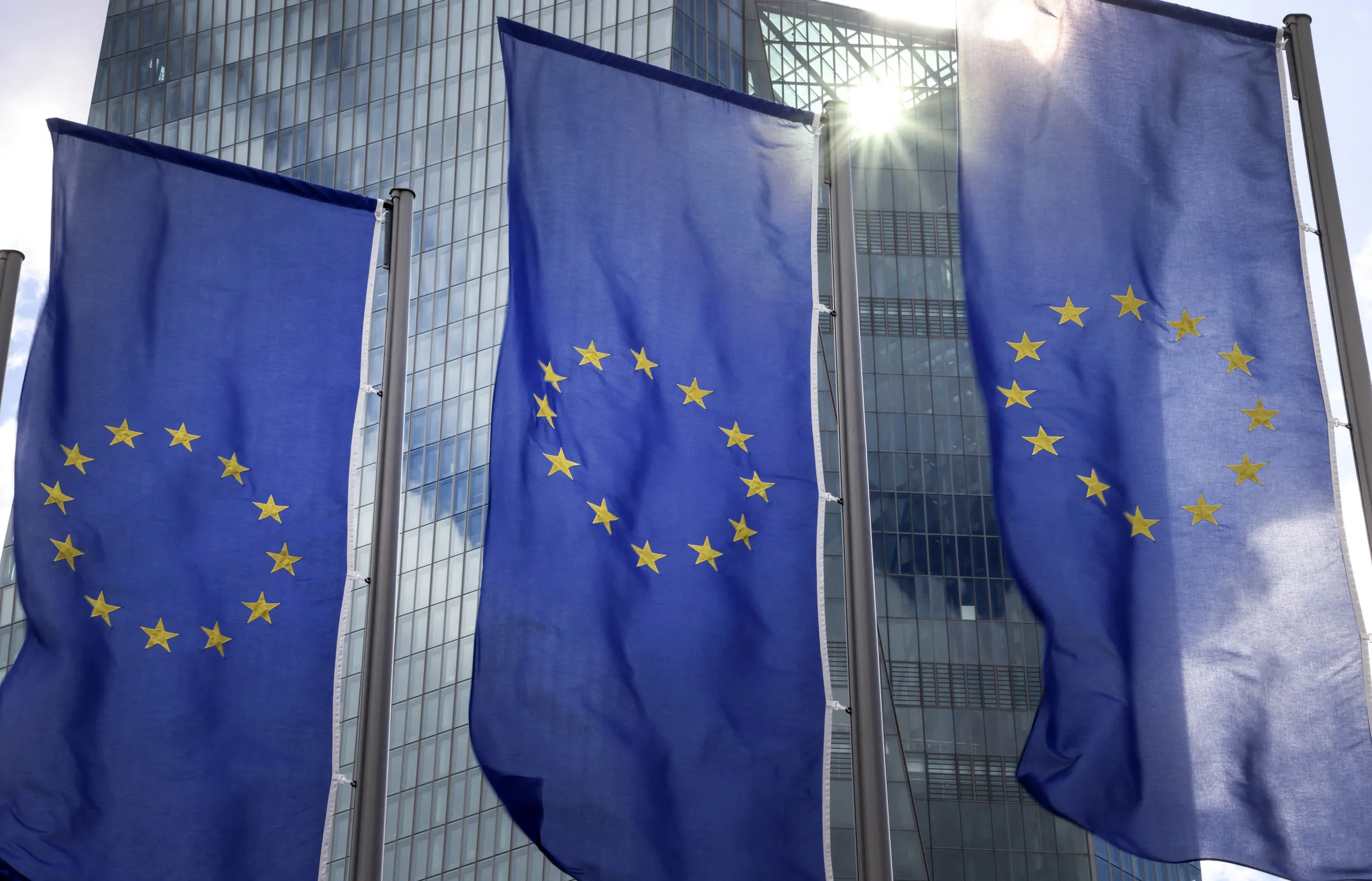Europe's Inflation Decline Signals Possible European Central Bank Rate Cuts

Europe's inflation rate has witnessed a notable drop, reaching 1.8 percent in September, which is below the European Central Bank (ECB)'s target of 2 percent for the first time in over three years. This decline primarily stems from decreasing energy prices and presents potential for speedy rate cuts in the region. The ECB has already enacted two rate reductions in response to the evolving economic climate. Eurostat has communicated that inflation fell from 2.2 percent in August, indicating a significant shift in the economic landscape.
With inflation easing, the central bank faces critical decisions in the upcoming meeting on October 17, especially given the sluggish economic growth forecast. The pressure of high interest rates used to combat inflation might wane as lower rates could stimulate growth. The initial surge in inflation post-COVID-19 recovery was heavily influenced by rising energy prices and disrupted supplies due to geopolitical tensions, particularly Russia's invasion of Ukraine.
As the energy market stabilizes, consumers may find relief from price pressures, yet some inflationary pressures may persist in other sectors. The ECB's President Christine Lagarde has emphasized that no definite timeline for rate cuts will be established. Overall, the economic situation in Europe remains fragile, indicated by consumer spending patterns and slow growth in Germany and Italy.
This article was prepared using information from open sources in accordance with the principles of Ethical Policy. The editorial team is not responsible for absolute accuracy, as it relies on data from the sources referenced.